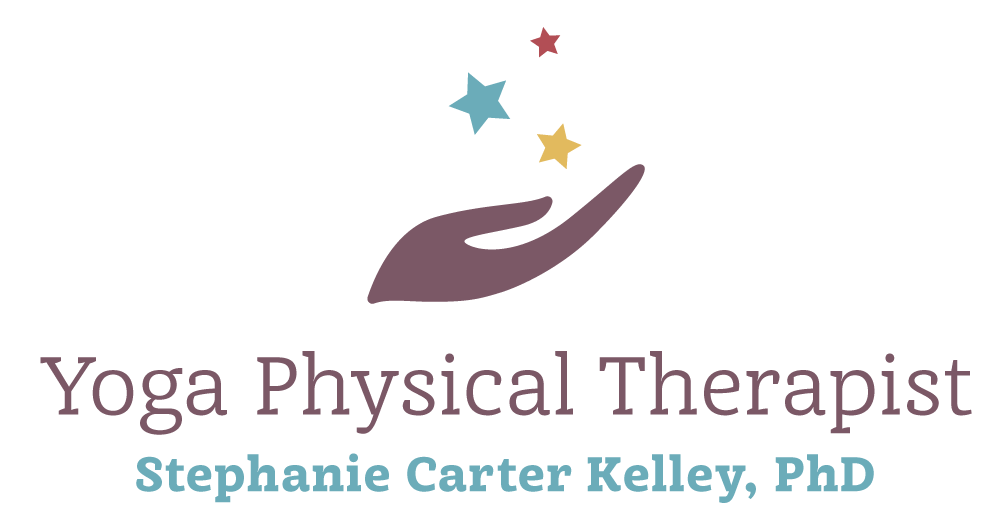When you are not tuned into your own health, you can be of very little benefit to others. I have learned this lesson through the practice and community of yoga. It took me a while to understand all of the focus on “self care”. At first I thought that “self care” meant isolating myself from my family and taking time away from work. But I have come to realize that “self care” can happen daily through intentional small actions. When you realize the effect of even a small act of self kindness, then you begin to want more. The small bits of self care begin to accumulate into a way of living and knowing that:
“When I care for myself , I give everyone so much more”
The process of self care is different for each person and is reveled when you listen very closely. The way that I listen is by going inside my own head and body through a regular meditation practice. These are the self care acts that have been reveled to me and incorporated into my life over the last few years:
Stop the negative self talk
When I make a mistake, instead of saying “You idiot!” in my head, I say: “You’re doing the best you can”.
Celebrate moving more
When I leave my phone upstairs instead of saying “Oh Crap"!” in my head, I say: “Great! I get to challenge my legs and heart.”
Stop being scared of activities that may have created pain in the past
Instead of being worried that gardening will exacerbate my back pain, enjoy working in the dirt and know that any back soreness will go away in 24 hours.
Eat in a way that makes me feel good
I have played with my diet enough over the years to know that an anti-inflammatory diet feels best for my body and mind. So instead of focusing on what calories or “bad” food, I focus on what makes me feel good.
Move (instead of exercise) in a way that my body craves
Trying to understand the benefits of the different types of exercise (like trying to understand what to eat) can be frustrating. Rather than focusing on my daily does of prescribed exercise, I try to move in a variety of ways throughout the week. Several times a week I breathe hard (aerobic exercise), I feel a challenge in my core, legs, and arms (strength training), and I feel tension across my muscles and joints (flexibility). I let the sensations of my body dictate what type of movement I do each day. I have found that it responds to what I did (or did not do) the day before. Too much sitting? I need to challenge my core and arms and do some backward bending. Too much focused concentration? I need to breathe hard, challenge my legs and do some forward bending.
Creating time for a spiritual practice is mandatory
Yoga has helped me transition from a religious practice to a spiritual practice. As I listen to a guided meditation or sermon, I take time to reflect on how the lesson applies to my life. Spirituality has become woven into my thoughts and actions.
As you can see, my self care is as much about caring for my mind and spirit as it is about caring for my body. All 3 are important and affect each other. Over the past few years one or the other may take priority during any given time. And once I have created a “good” habit of self care, I look to create another one. It has become a practice of understanding life and health as a process rather than a “fixed point”. This understanding has given me so much more contentment each day.
Namaste,
Stephanie

